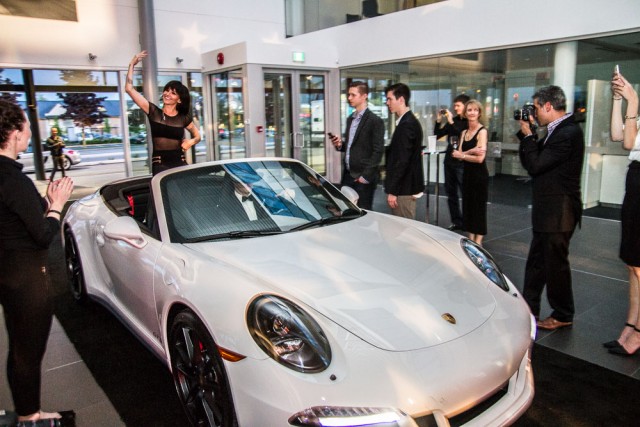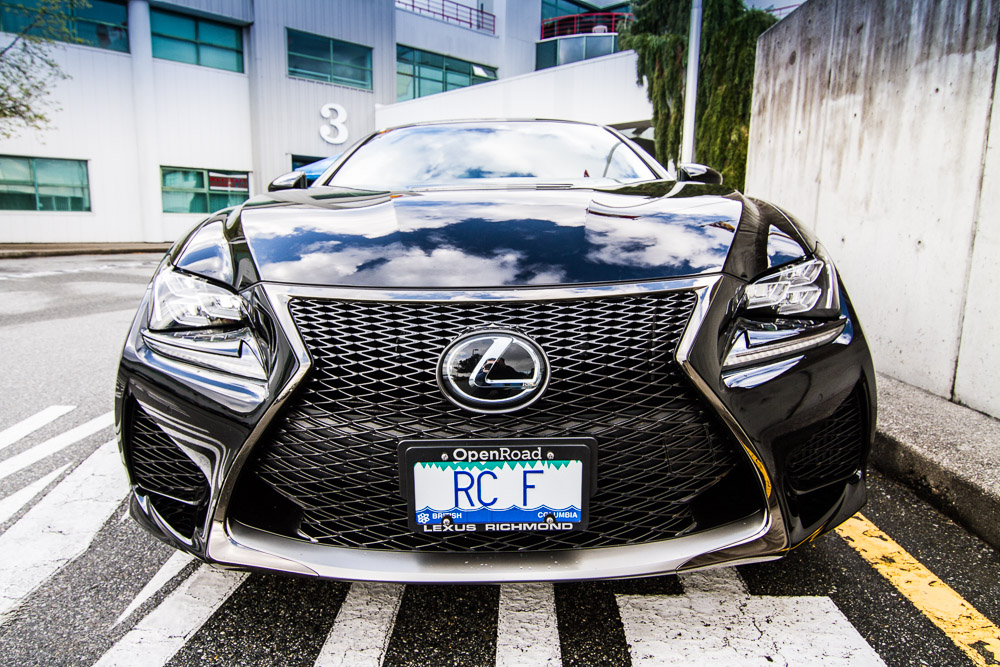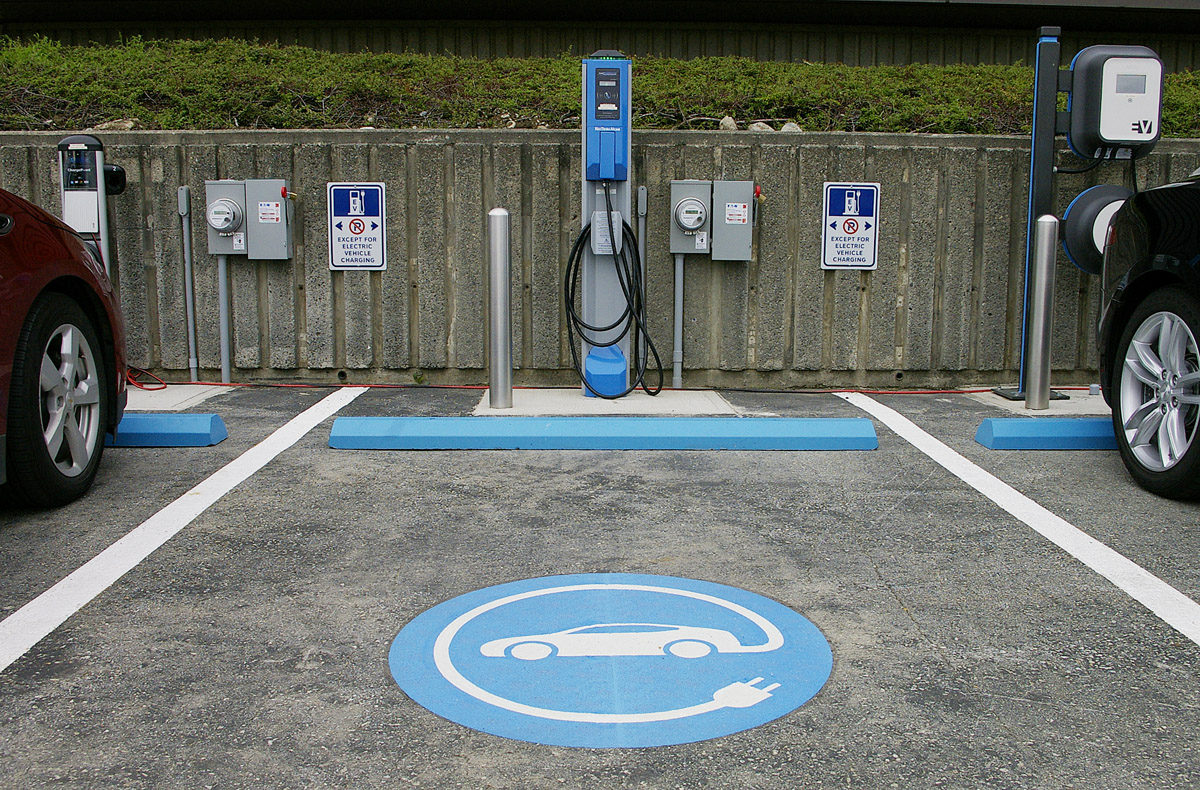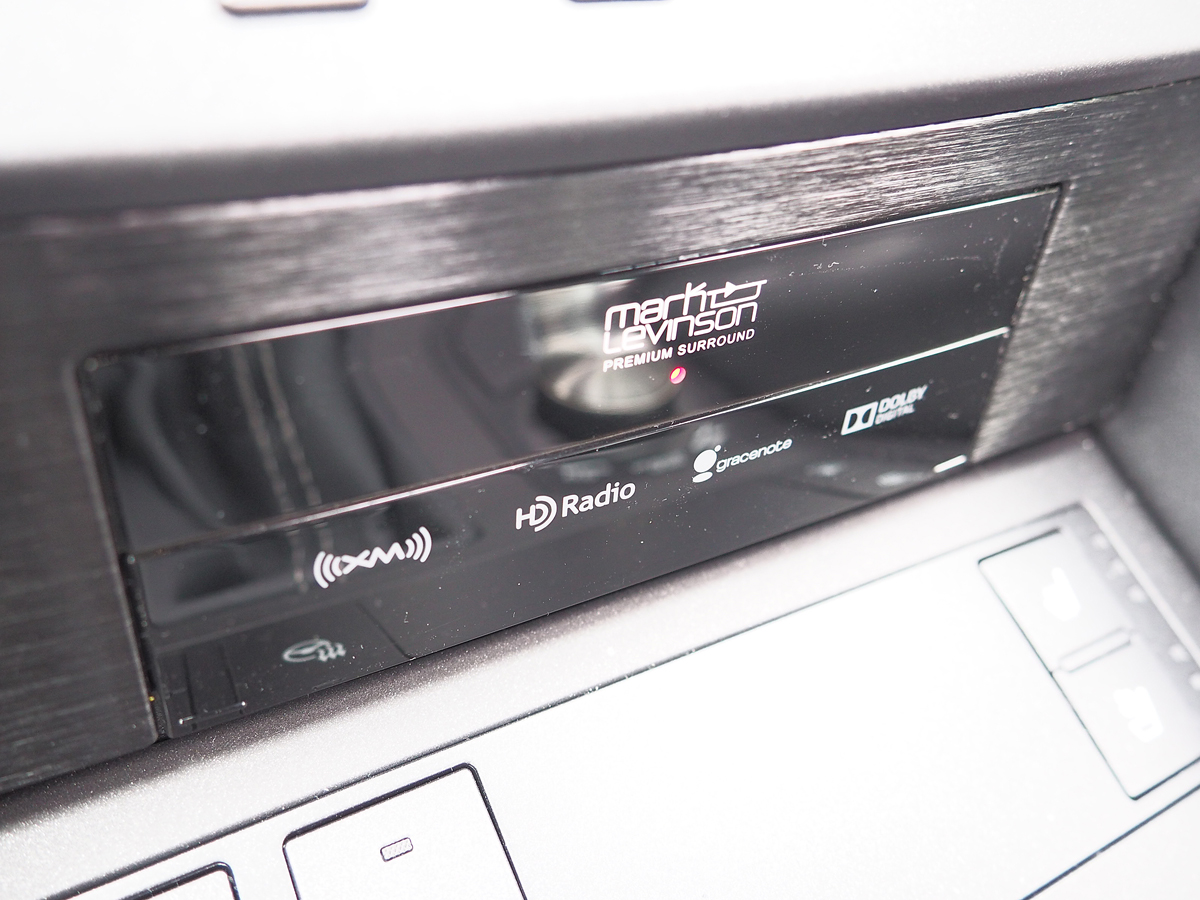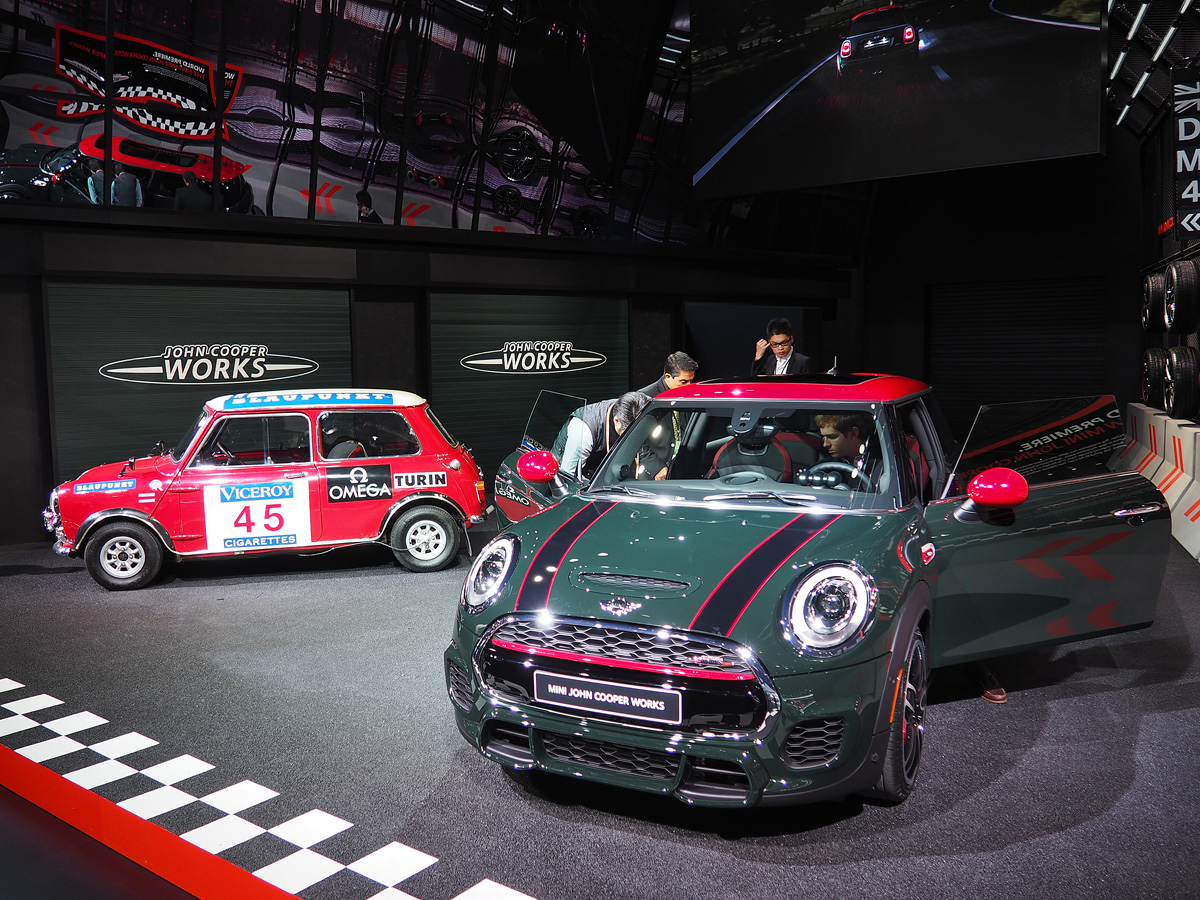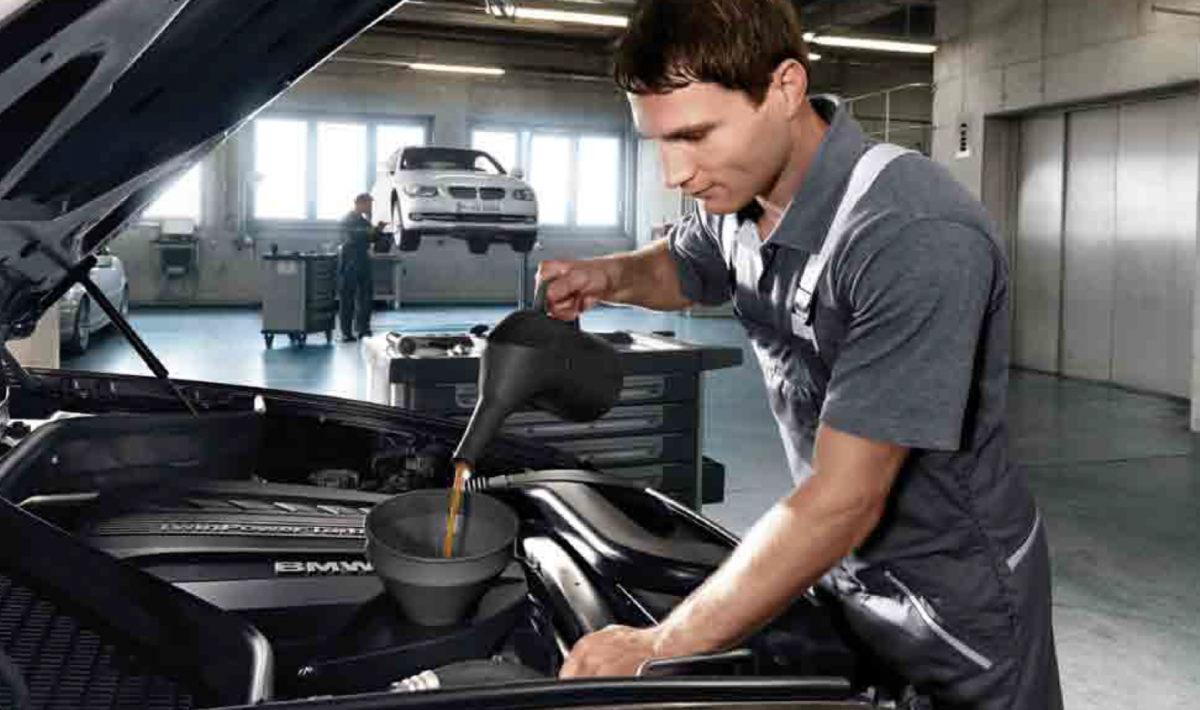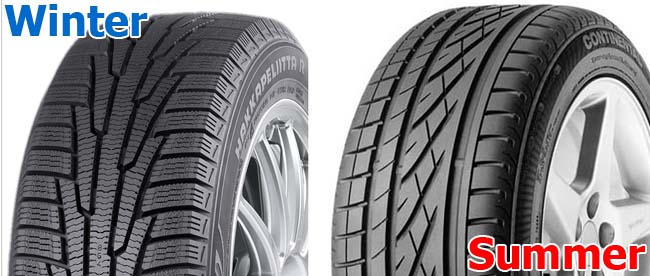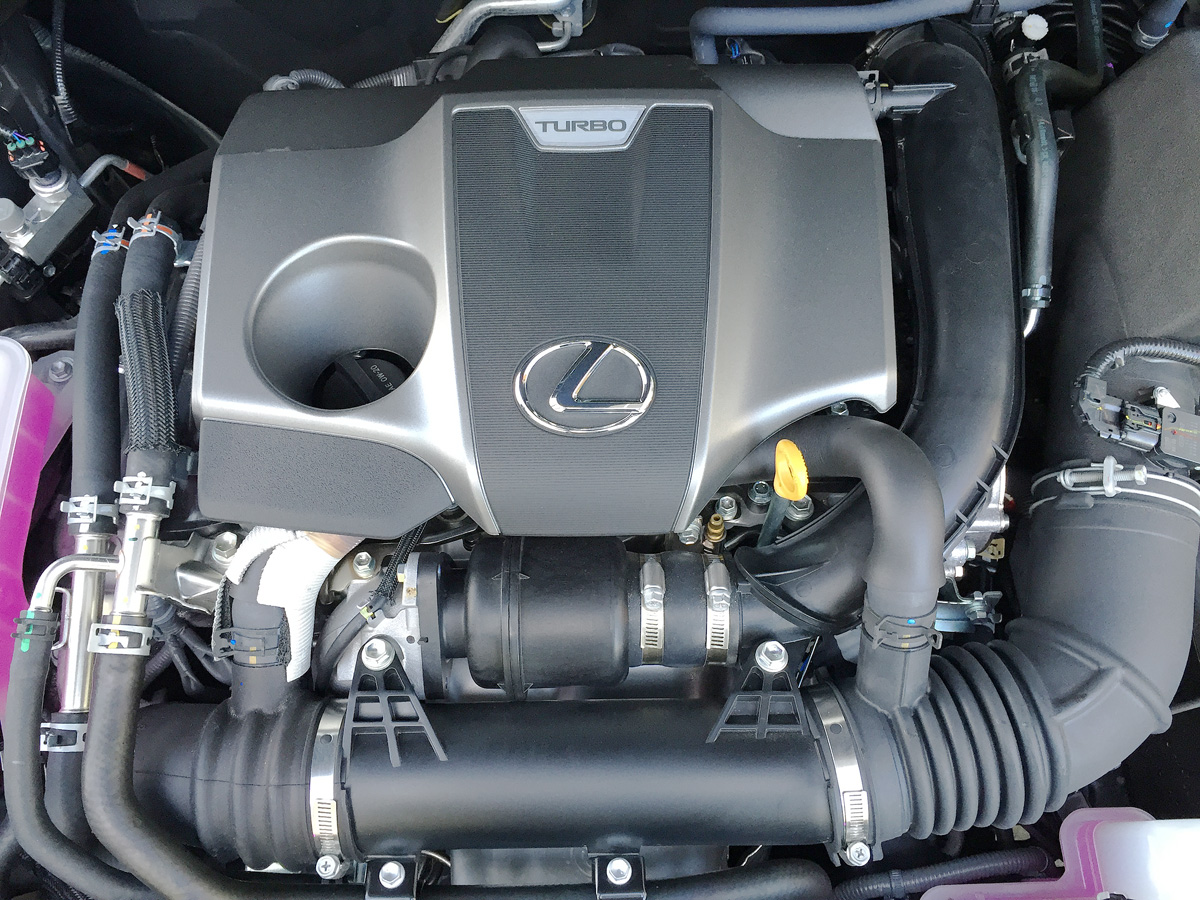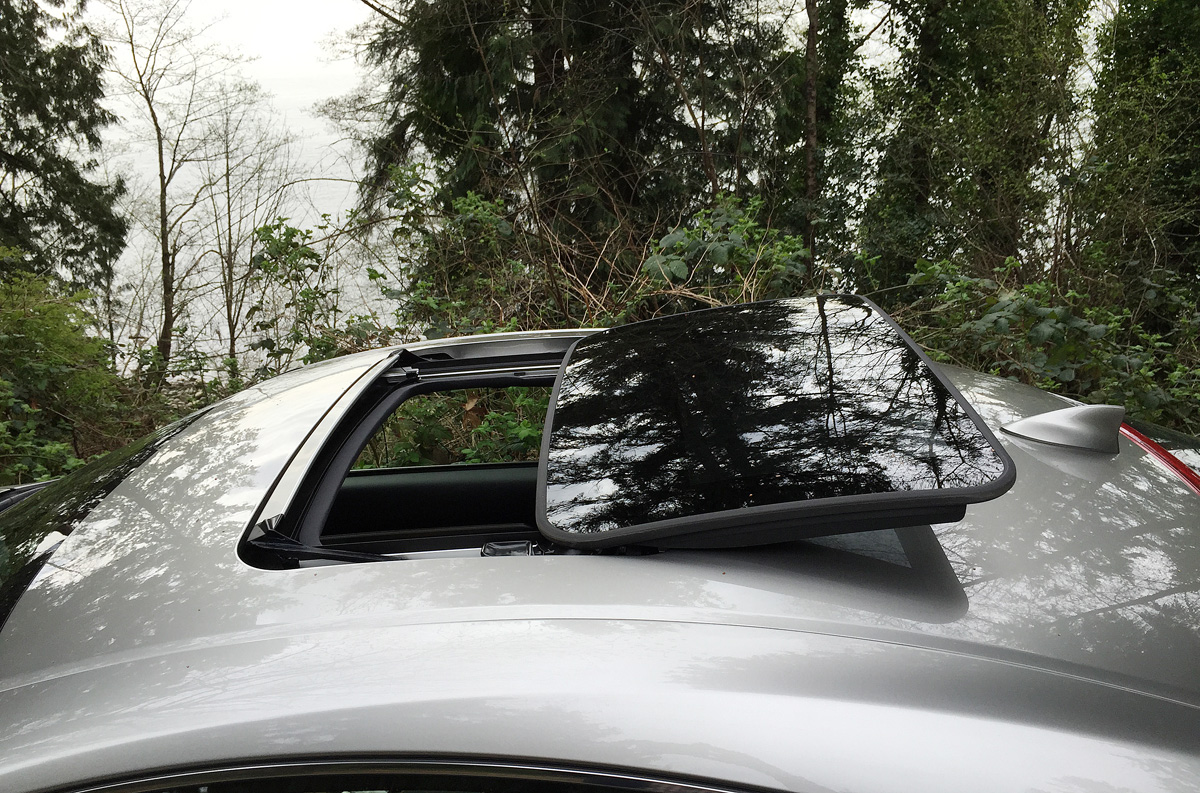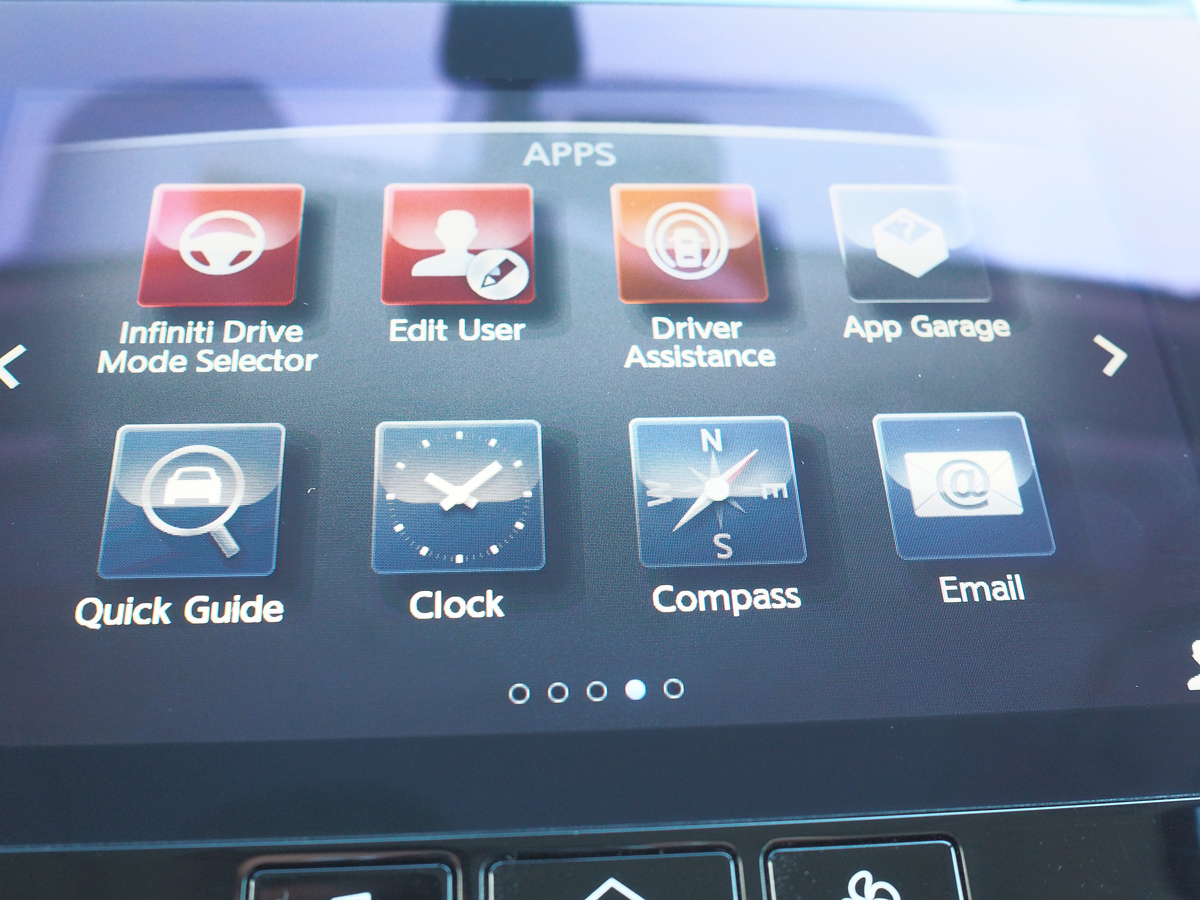LIGHTS, $1.3m Porsche Supercar, and Action – Porsche Centre Langley's VIP Grand Opening

In 2000, OpenRoad Auto Group formed to offer car buyers and owners an experiential automotive retail service.
One of Canada’s 50 Best Managed Companies, CADA Laureate and the recipient of multiple Canadian Best Employer Awards, OpenRoad celebrated the official grand opening of its latest dealership, Porsche Centre Langley, with an exclusive VIP event that showcased the premium culture and iconic heritage of the German sports car brand.

With the addition of Porsche Centre Langley, the OpenRoad team now comprises of over 800 associates representing 12 import brands at 15 dealership locations across British Columbia.
To celebrate the Fraser Valley’s first certified Porsche dealership, which is one of only two Porsche sales and service centres in the Greater Vancouver area, more than 400 VIP guests were in attendance on Wednesday May 6th, 2015, for the grand opening ceremony.

Dignitaries included Mayor Ted Schaffer from the City of Langley; Alexander Pollich, President and CEO of Porsche Cars Canada; Christian Chia, President and CEO of OpenRoad Auto Group, and Aly Jiwani, General Manager of Porsche Centre Langley.

“We congratulate Porsche Centre Langley and its team for the opening of their new location and welcome them to the family,” said Alexander Pollich, President & CEO, Porsche Cars Canada, Ltd. “The greater Vancouver area is one of the markets around the country that has helped the brand grow substantially. As such, we are pleased to now offer our customers an address in Langley.”

Wednesday night’s event featured a private performance by Juno-award winning artist, LIGHTS, and featured live stallion horses, a line-up of vintage Porsche cars, as well as the sold-out limited edition $1.3 million Porsche 918 Spyder hybrid supercar – the fastest production road car in the world to have lapped the famed Nurburgring track.

“When we started to plan this event, I told our marketing team, ‘No matter what you do, just make sure that there is a lot of horse power’”, joked Christian Chia, President and CEO of OpenRoad.”I think they only heard the ‘horse’ part of my request”.

“We are thrilled to have been given the opportunity to partner with Porsche Canada to bring one of best brands in the world to the Fraser Valley,” added Chia. “Our goal is to offer more than just a great Porsche sales and service centre. We’re fully committed to creating new opportunities for motorsports enthusiasts in B.C. while building a unique community of people who are passionate about Porsche’s beautifully engineered, high performance cars and a best-in-class experience.”
If you have a chance, stop by and visit Porsche Langley’s 20 car showrooms at 6016 Collection Drive (corner of Glover Road and Langley Bypass). The 42,000 square-foot building features Porsche’s latest facility design concept and is part of the Langley Auto Collection, Canada’s only luxury auto mall.
Time Lapse video of the event:
More photos below:









































